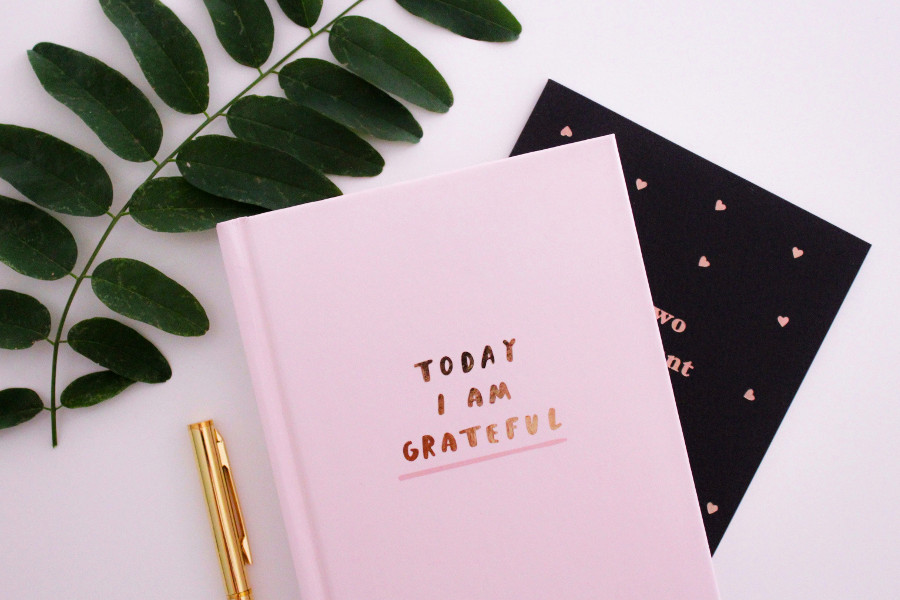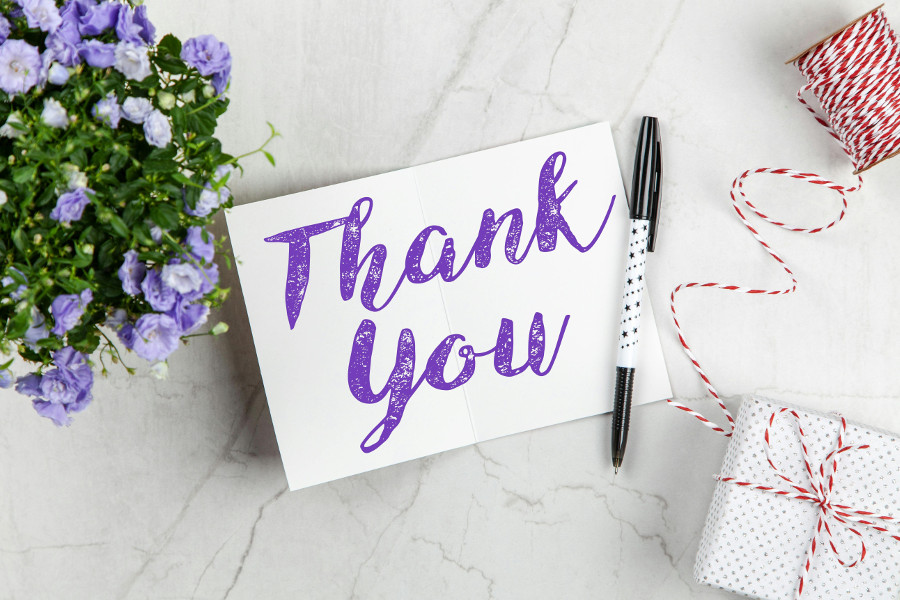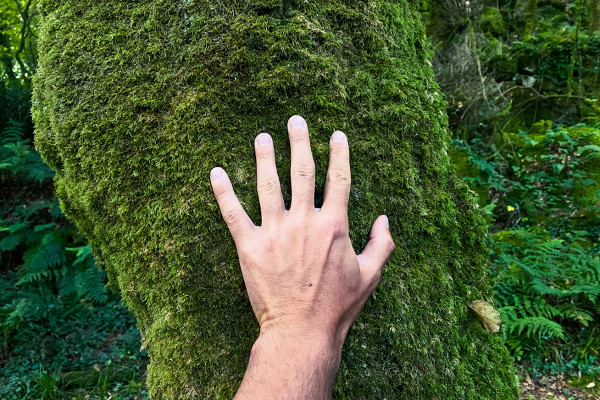How to Start a Gratitude Journal and Make It a Meaningful Daily Habit
In a world that often feels too fast and too noisy, a gratitude journal offers a quiet space to reconnect with what truly matters. Whether you're just beginning or looking to deepen your practice, taking a few moments to reflect on what you're thankful for can bring real change. This guide explores how to start, what to write, and why it helps. From building consistency to choosing between paper or digital, you’ll find gentle, grounded advice to make gratitude part of your daily rhythm.

What is a gratitude journal?
A gratitude journal is basically a way to focus on the good things in life. It’s a simple habit where you write down what you're thankful for – anything from small daily pleasures to life-changing moments. In today’s fast-paced world, it’s easy to get caught up in what’s wrong or missing. That’s why keeping track of the good stuff can be such a grounding practice. Over time, this quiet act of noticing the positives helps you become more aware, more mindful, and a little more connected to the present moment. Whether it’s a handwritten notebook or a note on your phone, the purpose is the same: to create space for appreciation and to gently train your mind to look for what’s going right.
How do you start a gratitude journal?
Starting a gratitude journal doesn’t require any complicated steps or expensive tools. Just grab a notebook, your phone, or a journaling app, and begin by writing down a few things you’re grateful for. This could be something as simple as a warm meal, a good conversation, or a moment of peace. The key is to be honest and specific. You don’t need to write a lot – three to five items are more than enough. If it feels right, pick a certain time of day to journal, maybe in the morning with your coffee or at night before bed. Over time, it becomes more than a habit – it becomes a mindset shift.
What are the benefits of keeping a gratitude journal?
When you keep a gratitude journal, something starts to shift. Your attention slowly turns away from stress and towards what brings you joy. It’s not magic, but it does feel a little like it. Studies and personal experiences alike show that regularly writing down what you’re thankful for can boost your mood, reduce anxiety, and even help you sleep better. It creates space to pause and take notice of the things that often go unseen. Over time, gratitude helps build emotional strength – so that even in difficult times, you're more likely to spot the light filtering through.
How often should I write in a gratitude journal?
There’s no strict rule here, and that’s part of what makes this practice so approachable. Writing every day is ideal, especially when you’re just starting out. But even two or three times a week can make a real difference. It’s less about perfection and more about regularity. You might write in the mornings to set the tone for your day, or in the evenings to reflect on what went well. As with anything meaningful, consistency is what matters most. It’s not about how many entries you have – it’s about the intention behind each one.

What should I write in a gratitude journal?
The beauty of a gratitude journal lies in its simplicity. You don’t need profound moments to fill its pages. Start with whatever stands out to you – a kind word from a friend, a soft blanket on a cold night, or even the smell of your favorite tea. Be as specific as you can. Instead of saying “I’m grateful for nature,” you might write “I’m thankful for the way the sunlight came through the trees on my walk today.” Details bring the feeling to life. And if you ever feel stuck, it’s okay to repeat entries or write about the same things. What matters is that it’s true for you.
Can a gratitude journal improve mental health (anxiety or depression)?
The short answer? Yes, it really can. While it’s not a cure for anxiety or depression, gratitude journaling can be a gentle tool for managing them. When you take time to recognize what’s going well – even on hard days – it creates a shift in your brain chemistry. Practicing gratitude regularly has been shown to increase serotonin and dopamine, which are known to help with mood. It's like slowly training your mind to notice beauty, even when life feels heavy. Of course, if you're dealing with deeper mental health challenges, this should be one part of a bigger toolkit that might also include therapy or medication.
How long does it take to see results from a gratitude journal?
The effects of gratitude journaling aren’t always instant – but they do show up. For some people, even a few days of writing can bring a small sense of calm or clarity. For others, it may take a couple of weeks to really feel a shift. Research suggests that around three weeks of consistent journaling is often enough to notice an improvement in mood and mindset. It’s a slow-building practice, a little like watering a plant. With time and care, those small moments of thankfulness begin to take root and grow into something more lasting.
What are some prompts for a gratitude journal?
Sometimes the blank page can be intimidating, and that’s where prompts come in handy. They guide your attention and help you think in new ways. You might try: “What made me smile today?” or “What challenge taught me something valuable?” Other good ones include: “Who showed me kindness recently?” or “What part of my body am I grateful for today?” Prompts like these encourage reflection beyond the surface. They remind us that gratitude doesn’t have to be flashy – it can be found in the quiet, in the overlooked, and in the everyday.

Is there a best time of day to write in a gratitude journal?
There’s no perfect time – only what works best for you. Some people prefer to write first thing in the morning, when their mind is clear and the day is full of possibility. Others find that journaling at night helps them unwind and end the day on a positive note. Think about your own routine and when you’re most likely to stick with it. Whether it’s part of your morning coffee ritual or your wind-down routine before bed, consistency is key. The most important thing is simply making time to pause and reflect.
How do I stay consistent with my gratitude journal?
Sticking with a new habit can be tricky at first, but a few small tweaks can make a big difference. Try keeping your journal in a visible spot – like by your bed or next to your toothbrush – as a visual reminder. Pairing journaling with something you already do daily can also help. Don’t pressure yourself to write pages; just a few thoughtful lines are enough. Use prompts if you’re feeling stuck. And if you miss a day? That’s okay. Just pick it up again when you can. The goal isn’t perfection – it’s to slowly build a habit that supports you.
Should a gratitude journal be handwritten or digital?
That’s entirely up to you. Some people love the feeling of pen on paper – it makes the process feel more grounded and personal. Handwriting can slow you down, which is often a good thing when you're trying to be reflective. But others prefer the speed and convenience of digital journaling. You can journal on your phone, your computer, or even in a gratitude app. The best method is the one you’ll actually use. Whether you’re tapping on a screen or scribbling in a notebook, the value comes from showing up and paying attention.
Are there any apps recommended for gratitude journaling?
Yes, there are quite a few apps that make gratitude journaling easier to stick with. The “Five Minute Journal” app is a popular choice – it offers guided prompts and a clean, easy-to-use layout. “Gratitude” is another app that focuses solely on this practice, complete with reminders and mood tracking. “Day One” is a more general journaling app but works beautifully for gratitude entries too. These tools can be helpful, especially if you're the type who likes to journal on the go. Ultimately, the best app is the one that feels natural and encourages you to keep coming back.
Resources, further reading
Here are a few useful resources for further reading:
- Gratitude and well-being: the benefits of appreciation (PubMed)
- Wikipedia article on Gratitude Journals
- Verywell Mind – How to Practice Gratitude
- Reddit – r/Journaling
- Reddit – r/selfimprovement: topics on gratitude journaling
Enjoy your journey into the world of starting a gratitude journal.



